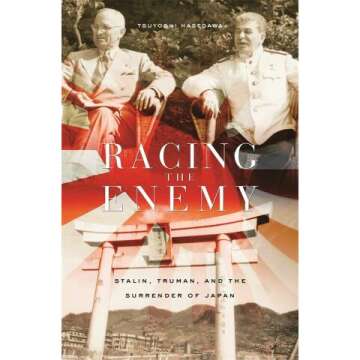The Truman Doctrine: Origins and Introduction
On March 12, 1947, US President Harry Truman laid out a pivotal policy known as the Truman Doctrine, marking a significant turning point in American foreign policy. This doctrine aimed to prevent the spread of communism by providing political, military, and economic assistance to countries threatened by external or internal authoritarian forces. Truman's speech before Congress signified a new era of American interventionism aimed directly at thwarting Soviet expansionism in Europe and beyond.
Harry Truman's Vision for America
President Truman, who succeeded Franklin D. Roosevelt, was driven by a strong desire to promote democracy and stabilize countries vulnerable to communism, particularly in war-torn Europe. He articulated that the United States had a duty to support free peoples resisting subjugation. His decisive stance not only underpinned American foreign policy during the Cold War but also galvanized public responsibility in safeguarding democratic values.
The Immediate Context of the Doctrine
In the aftermath of World War II, Europe was grappling with economic turmoil and political instability, giving rise to communist movements. The most immediate concerns were the threats posed by Soviet influences in Greece and Turkey, which were on the verge of falling into communism. Through the Truman Doctrine, Truman pledged to send aid to these countries, thereby framing this assistance as a means of protecting democracy globally.
The Global Impacts of the Truman Doctrine
The effects of the Truman Doctrine were far-reaching. It laid the groundwork for the American policy of containment, aimed at preventing the domino effect of nations succumbing to communism. This proactive approach led to substantial military and economic aid through various programs aimed at counteracting Soviet influence across the globe.
The Marshall Plan Connection
In conjunction with the Truman Doctrine, the United States initiated the Marshall Plan in April 1948, which provided extensive financial support for European reconstruction. By strengthening economies, the plan also discouraged countries from turning to communism, effectively aligning with Truman's vision of combating Soviet power.
The Korean War and Beyond
The principles embodied in the Truman Doctrine continued to shape American military involvement in conflicts such as the Korean War, which began in 1950. The US took a firm stand against North Korean aggression, emphasizing the importance of containing communism, proving that Truman's policies still resonated decades later.
Fun Fact
Harry Truman’s Unlikely Path to Presidency
Did you know that Harry Truman was not initially groomed for the presidency? He was a relatively unknown senator from Missouri before becoming vice president under Roosevelt, and he rose to prominence during a time of great global tension shortly after the end of World War II.
Additional Resources
Recommended Reading on the Truman Doctrine
For those interested in delving deeper into the Truman Doctrine and its effects, consider reading "The Tragedy of Great Power Politics" by John Mearsheimer and "The Cold War: A New History" by John Lewis Gaddis. These works provide extensive analysis and context surrounding Truman's policies and the subsequent era of global conflict.
































































































































































































































































































































































































































































































































































































 Continue with Google
Continue with Google